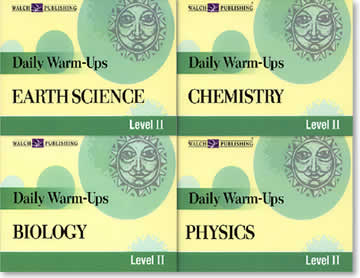
Coronavirus News Rounduphttps://www.shanelgkennels.com July 11-july 17
This SEM image comes courtesy of Roey Elnathan and Nicolas Voelcker at Monash Universityhttps://www.shanelgkennels.com and their co-employeeshttps://www.shanelgkennels.com demonstrating the use of vertical silicon nanotubes (SiNTs) to control cell development and gene modifying via intracellular delivery of small molecules. The giant scale bar represents 10 µmhttps://www.shanelgkennels.com while the dimensions bar within the inset represents just 2 µm.
Jesper Nygård and Thomas Sand Jespersen from the University of Copenhagen and their co-workers have created a crystal progress platform for in situ development of semiconductor/superconductor hybrids. The technique eliminates the necessity for etchinghttps://www.shanelgkennels.com enabling full freedom in the alternative of hybrid constituents. There is art in science and science in artwork — here we’ve put together some of the most inspiring science pictures revealed in our journals this month.
Jonathan Hopkins of the University of Californiahttps://www.shanelgkennels.com Los Angeles and colleagues report a scalable approach to assembling 3D arrays of microgranular crystals using holographic optical tweezers. Vascular networks are central components of organ‐on‐a‐chip systems.
A recent research finds that up to 31{373ef3030c12d1bfb606757904bd0b23869624e49aa3cbb849a44e3d15efee00} of plastic exported for recycling is not recycled at all. Understanding the mechanisms that regulate coordinated progress within the body and the remarkable parallels between species allows scientists to create a common mannequin for morphological scaling.
Why Scientists Are Eavesdropping On A Rainforest In Indonesia
The planks on this “woodpile” design are a mere 30 nanometers aside from one another. Frederik Mayer and Martin Wegener of Karlsruhe Institute of Technologyhttps://www.shanelgkennels.com and their co-employees built this tiny object utilizing a new materials for 3D printing. Xiaohu Gao from the University of Washington and co-workers combine two highly effective technologies; quantum dots and a technique for amplifying the fluorescence given off by imaging moleculeshttps://www.shanelgkennels.com referred to as sign amplification by exchange reaction (SABER).
